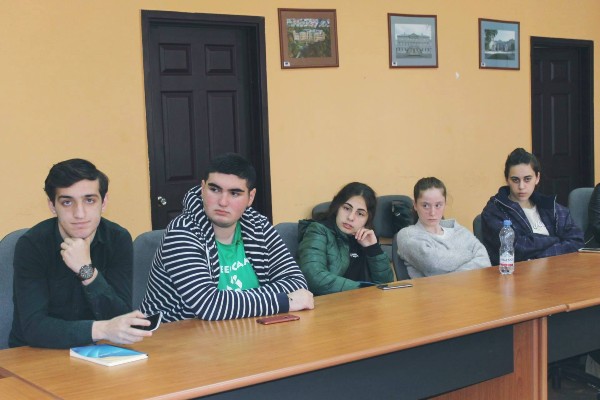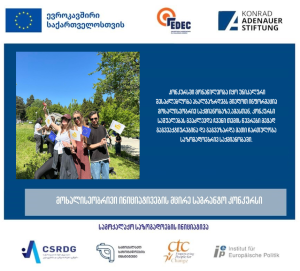On the 22nd of April, the Public Defender’s
Office invited young people to celebrate Earth Day and learn more about
environmental activities. A representative of the Ombudsman’s Office introduced
the research results related to the importance of the right for clean air.
As part of their work, the Public
Defender’s Office had investigated national legislation, its effectiveness, and
its accordance with international standards. Within the research process, air
pollutant substances and their sources were identified, as well as an
atmospheric air pollution monitoring system and response mechanism assessed. Based
on this, the young participants got familiar with the challenges which need to
be dealt with to ensure the fulfillment of this right.
The idea for a national environment day came
to Earth Day-founder Gaylord Nelson, back then a U.S. Senator from Wisconsin,
after witnessing the dimensions of the massive 1969 oil spill in Santa Barbara,
California. Inspired by the students’ anti-war movement, he realized that if he
could target this energy on air and water pollution, it would force
environmental protection onto the national political agenda. On the 22nd of April
1970, 20 million Americans took to the streets, parks, and auditoriums to
demonstrate for a healthy, sustainable environment in massive coast-to-coast
rallies. Thousands of colleges and universities organized protests against the
deterioration of the environment. Georgia joined the annual celebration in 1990.
The event was organized by the Education
Development and Employment Center (EDEC) within the framework of the Promoting
Integration, Tolerance, and Awareness (PITA) Program, implemented by the United
Nations Association of Georgia (UNAG) with the financial support of the United
States Agency for International Development (USAID).




